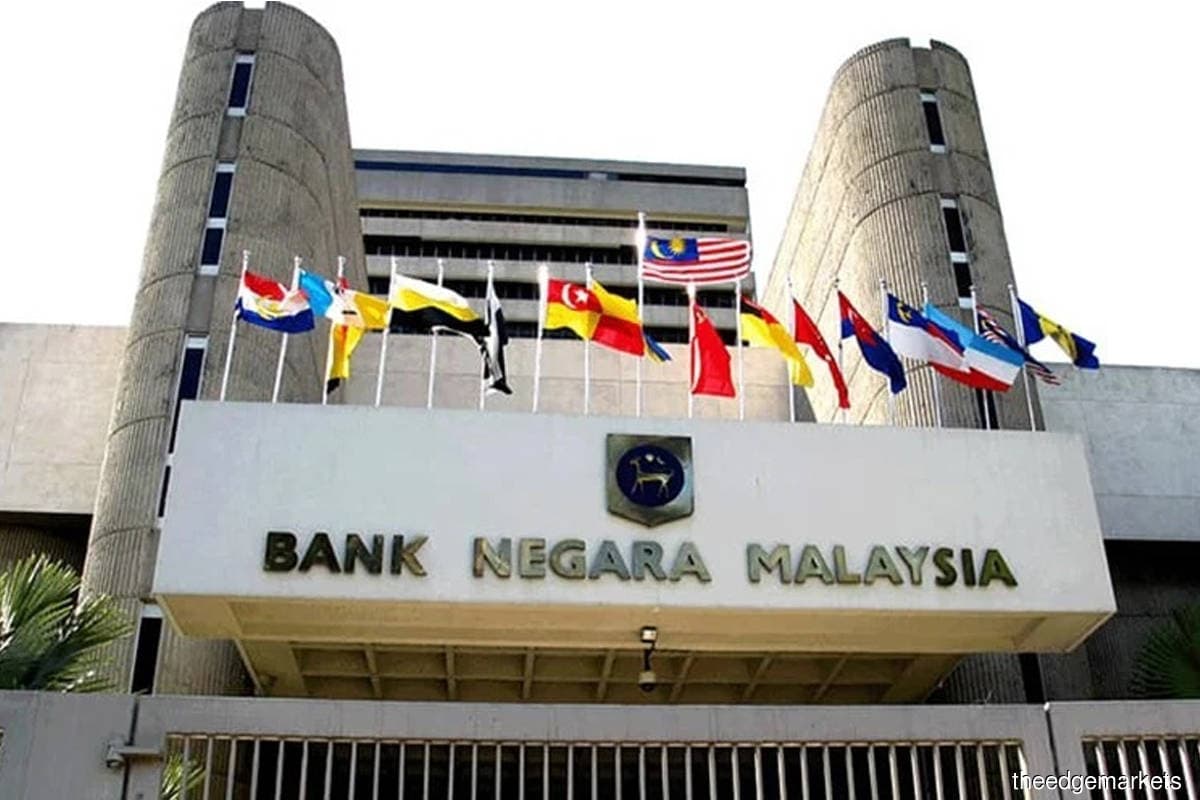
This article first appeared in The Edge Malaysia Weekly on October 4, 2021 - October 10, 2021
AS the number of Covid-19 infections declines and movement restrictions are eased, insurers may need to prepare themselves for a sharp increase in medical claims as policyholders seek or resume medical consultations disrupted by the outbreak of the pandemic.
Bank Negara Malaysia has cautioned that observations from other markets show that a potential sharp rise in medical claims could come from higher utilisation of health services, albeit temporarily.
“In the short term, the average treatment cost could also increase due to poorer health conditions worsened by delays in seeking treatment. Demand-supply dynamics may also push costs higher, particularly for hospital supplies and services that may increase due to higher demand,” the central bank says in the “Bank Negara Malaysia Financial Stability Review: First Half 2021”.
Due to the pandemic, many have delayed non-critical treatments or postponed medical visits to hospitals.
Claims data in 2018 shows that hospital supplies and services accounted for 60% and 70% of claimable surgical and non-surgical treatment costs respectively in Malaysia.
The central bank is of the view that higher charges from pandemic-related protocols are likely to persist in the foreseeable future. However, over the longer term, how the pandemic will affect underlying medical trends remains uncertain, it adds.
It highlights that the accelerated adoption of telehealth services by international insurers during the pandemic is a notable development, and has the potential to improve efficiency and reduce the cost of healthcare. However, what remains uncertain is the effects of long Covid-19 in the insured population, which could increase the utilisation of healthcare services.
While there is a possibility that the number of insurance claims could increase sharply in the near future, it is also worth noting that the number of claims had decreased year on year in 2020, with claims mostly coming from crucial treatments, the report points out.
As a result, the combined ratio of the medical portfolio of insurers and takaful operators had decreased. The combined ratio measures the profitability of insurers measured in percentage, whereby 100% indicates that the premiums collected have been fully depleted by claims and expenses, and there is no profit left for insurers as a return for underwriting the portfolio.
The combined ratio of life insurance and family takaful’s individual medical portfolio had hovered between 90% and 100% from 2015 to 2019.
Despite the decrease in the number of claims in 2020, the report notes that the average cost per treatment had increased by 14% for non-surgical treatments and 15% for surgical treatments. These increases far outpaced the long-term trends of 8% for non-surgical treatments per annum and 9% for surgical treatments.
“This was partly attributable to the more severe and urgent nature of illnesses being treated and claimed for, as well as additional costs arising from pandemic-related protocols such as lab tests for Covid-19 and higher utilisation of disposable medical supplies (including personal protective equipment),” says the central bank.
Insurance repricing is inevitable
In 2020, insurance and takaful operators were supposed to reprice medical insurance premiums. However, the planned repricing exercise was deferred due to the pandemic and to preserve the affordability of medical covers.
Bank Negara says the insurance and takaful operators will be “carefully evaluating” the risks of continuing deferrals in the repricing cycle, which is typically every three to five years, especially for portfolios with the highest combined ratios prior to the pandemic. “For such portfolios, there is considerable risk that a sharp rebound in claims once the pandemic fears subside could lead to steeper or more frequent price increases in the near term.”
It warns that this could have a disproportionate impact on some individual policyholders given the larger adjustment made over a shorter period of time.
Repricing, says the bank, is a standard feature of medical reimbursement covers to ensure the sustainability of the medical insurance or takaful portfolios.
“Medical insurance/takaful portfolios become unsustainable when the premiums collected are insufficient to cover the expected claims cost, expenses and profit margin of the insurance and takaful operators,” it explains, adding that prior to the pandemic, it had been concerned when insurance and takaful operators delayed repricing exercises for too long as a competitive strategy.
Bank Negara warns that lengthy delays are likely to result in sharp and unexpected premium adjustments later on to catch up with claims inflation. “This may leave policyholders who are unable to afford the higher premiums with limited options to obtain replacement coverage due to advancement in age or changes in their health status.”
The central bank adds that to promote fairer outcomes for policyholders, insurance and takaful operators are required to establish an internal policy to govern the medical repricing exercise, whereby these policies must be monitored and reviewed to ensure that it is applied consistently and with due regard to the fair treatment of policyholders.
Bank Negara is also reviewing existing regulations to allow more flexibility for insurance and takaful operators to moderate the extent of repricing required for smaller product portfolios, which may be more likely to experience greater volatility in claims experience.
Save by subscribing to us for your print and/or digital copy.
P/S: The Edge is also available on Apple's AppStore and Androids' Google Play.